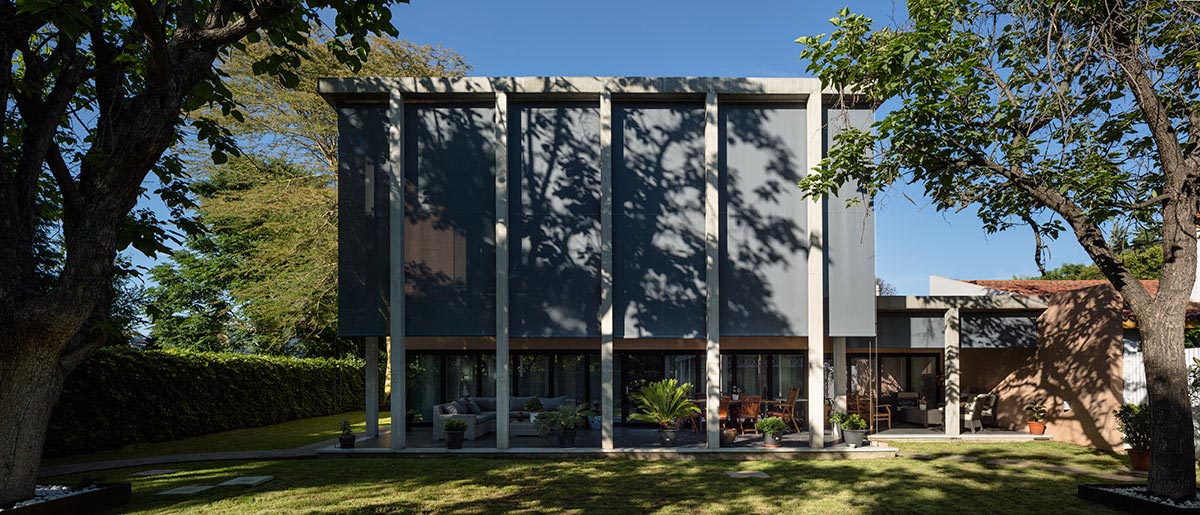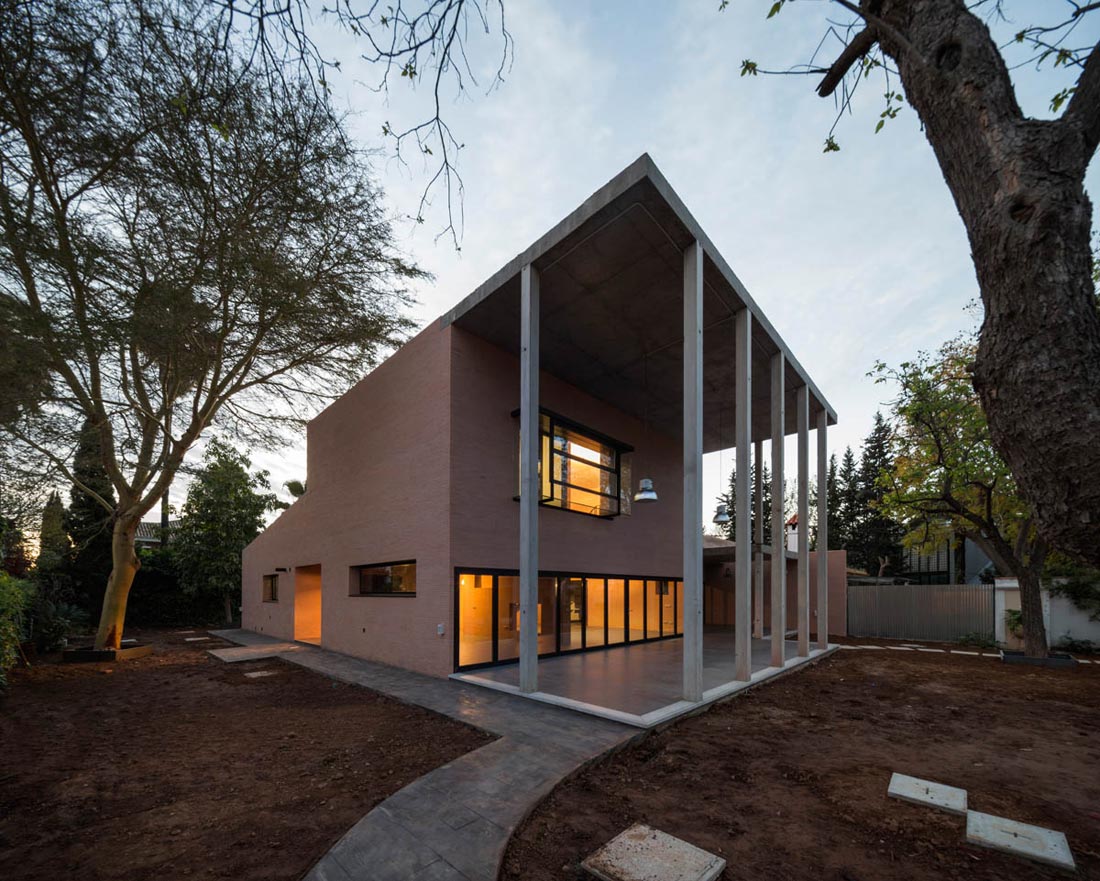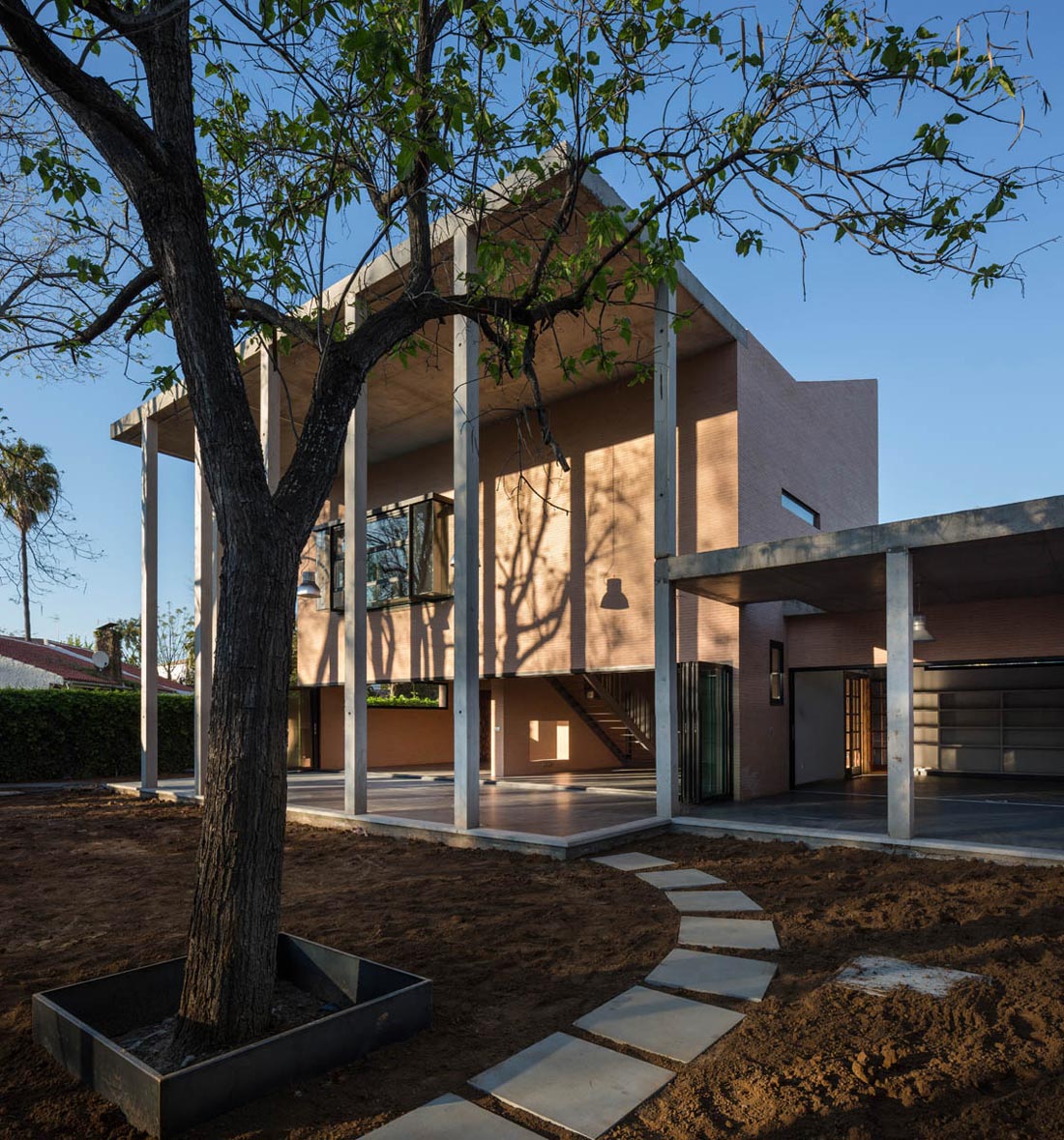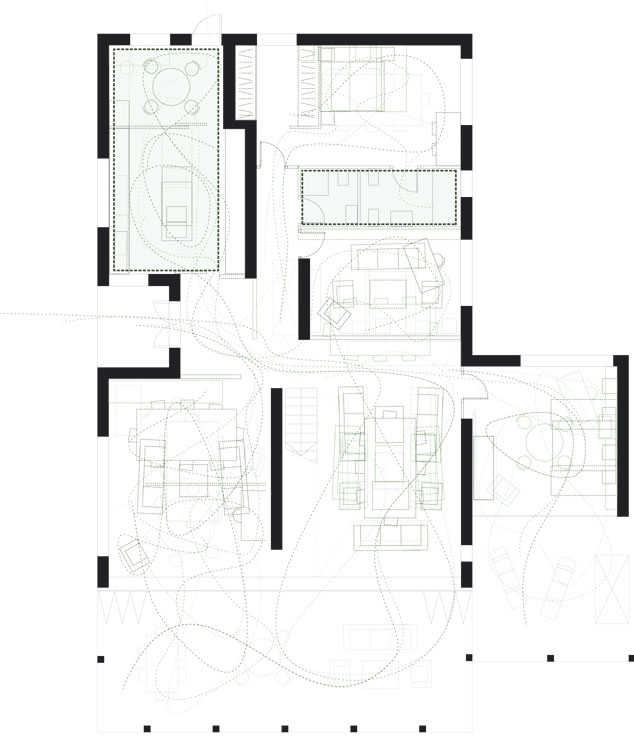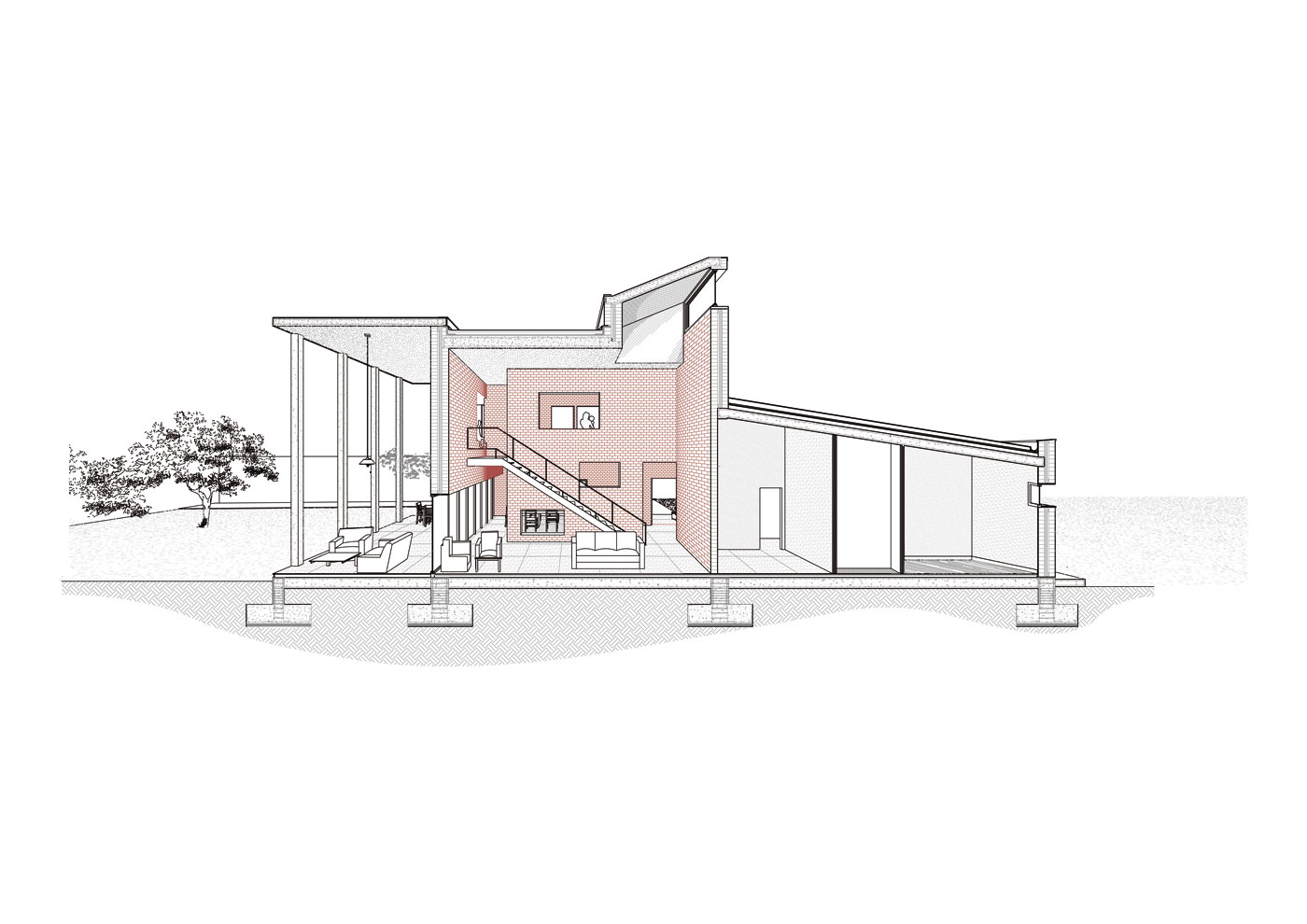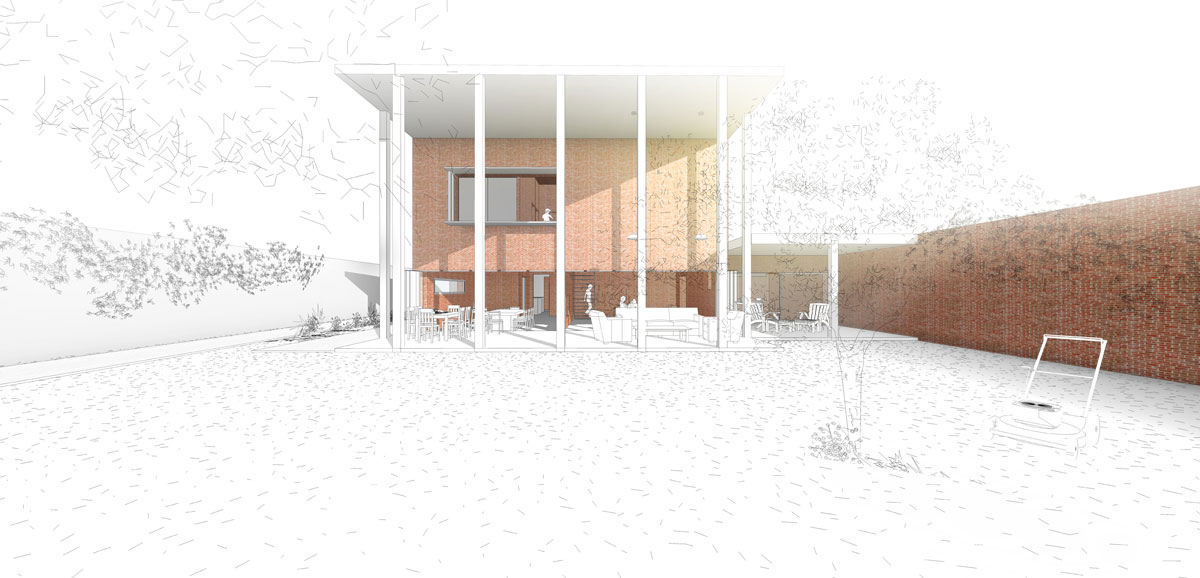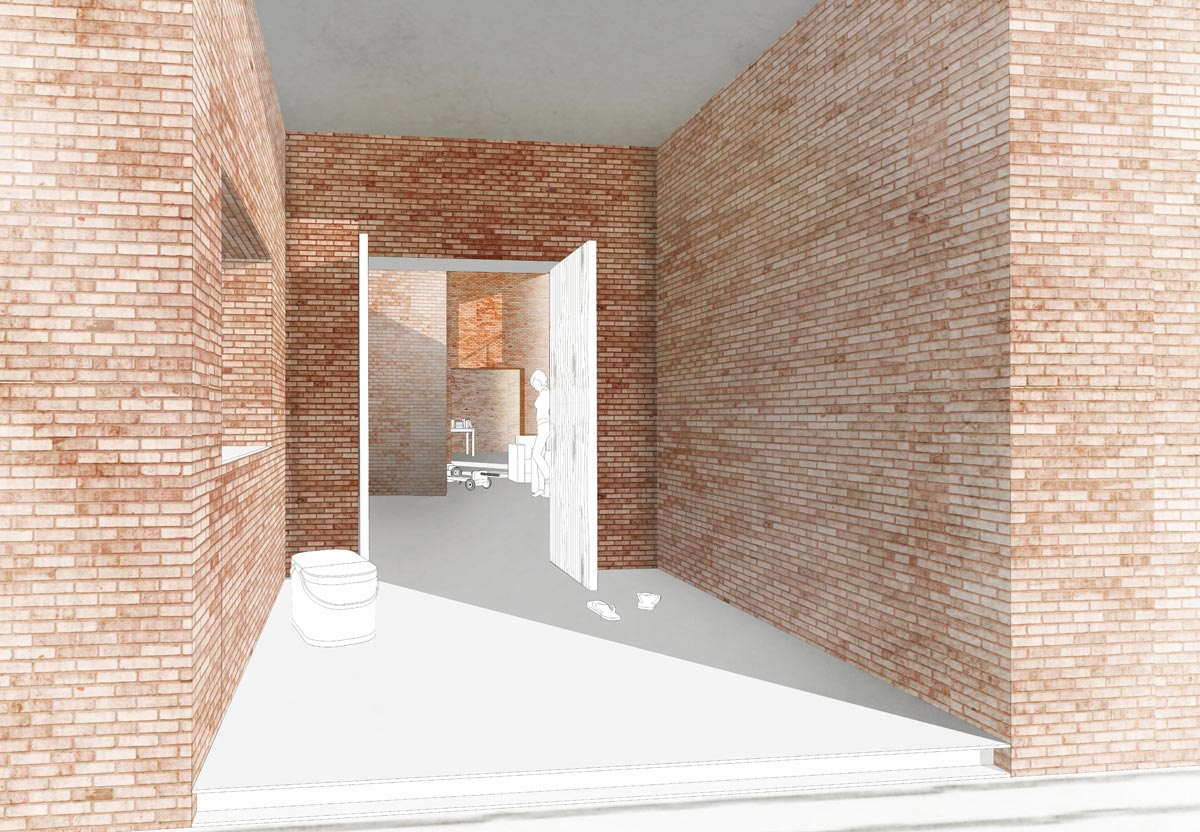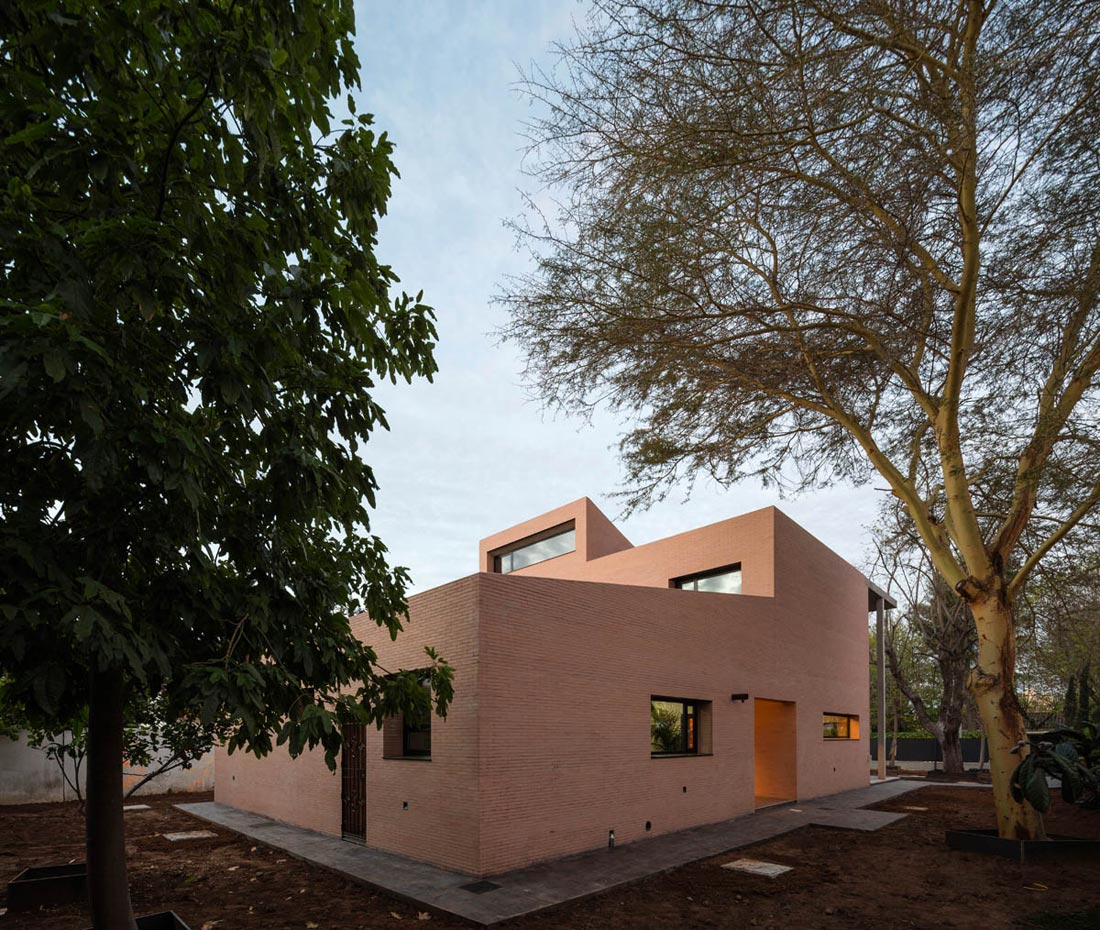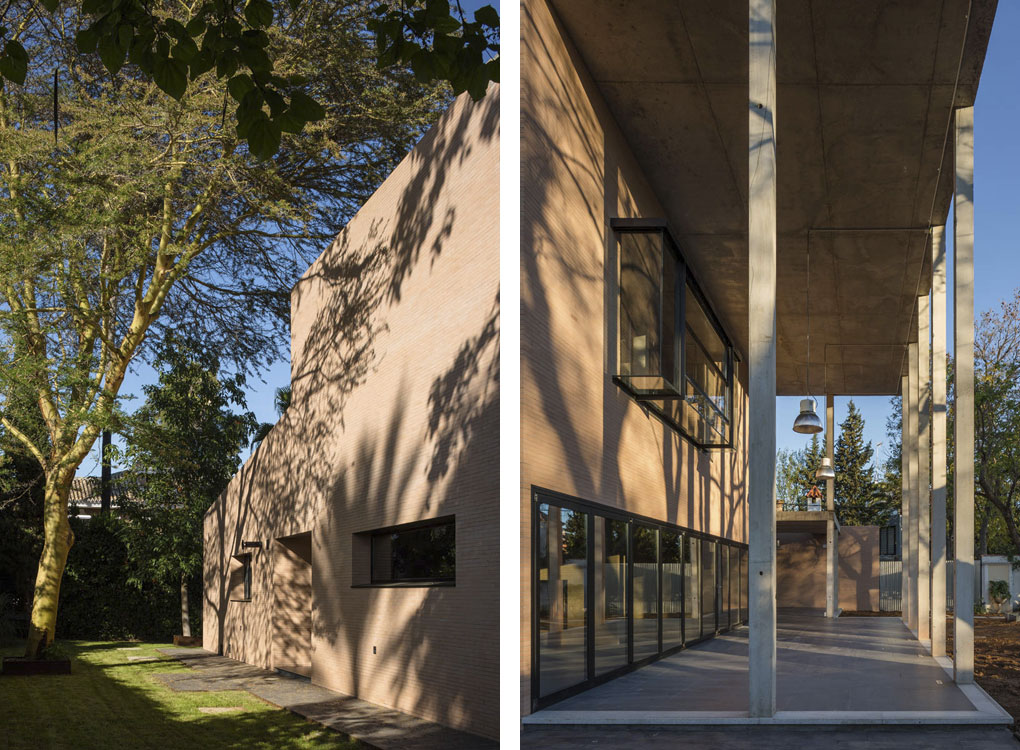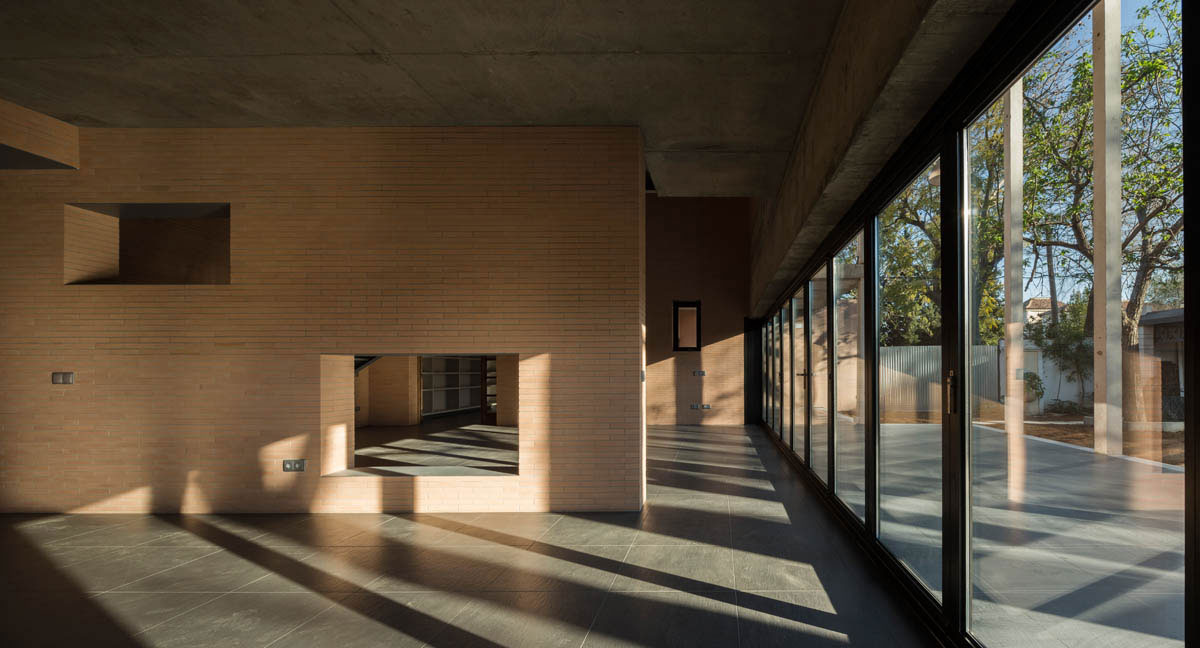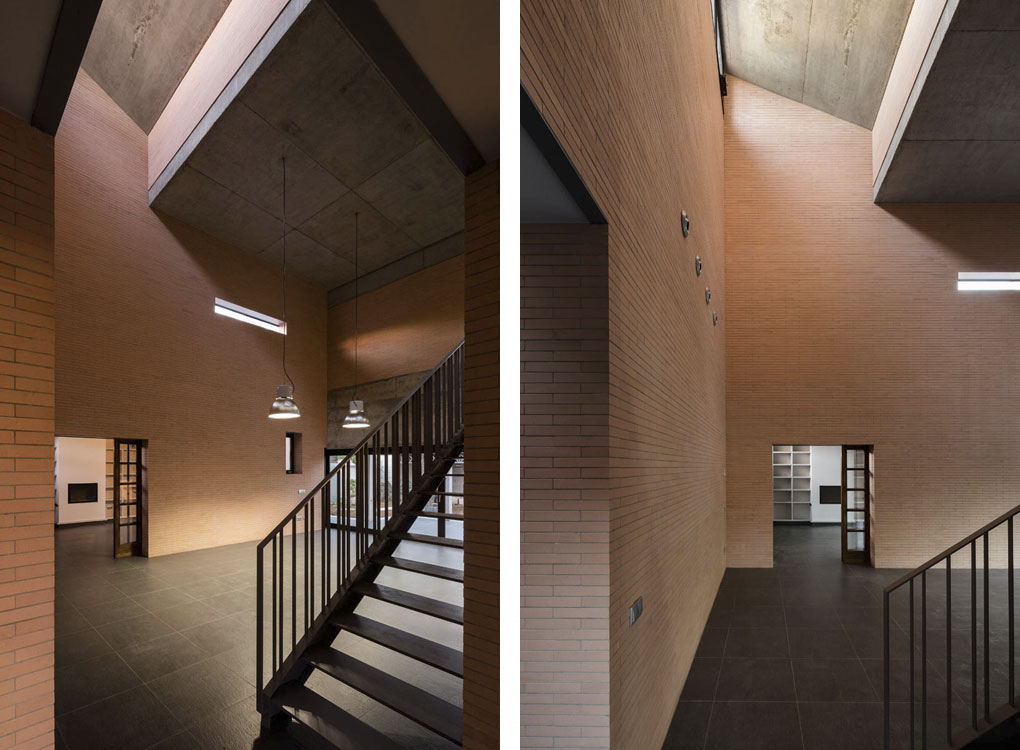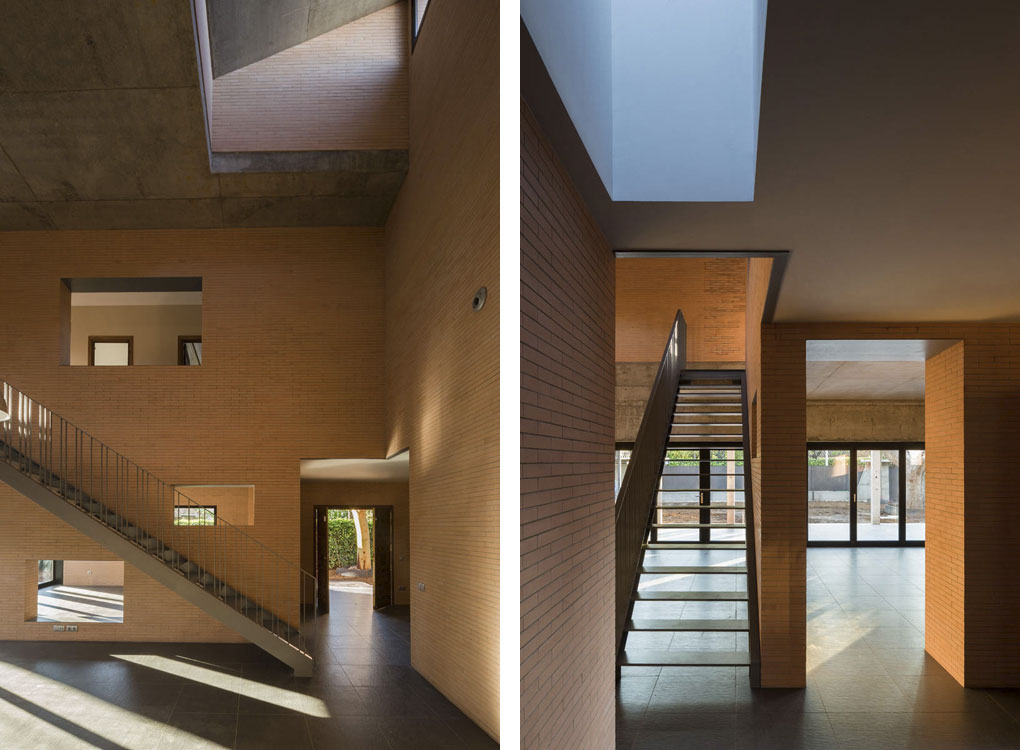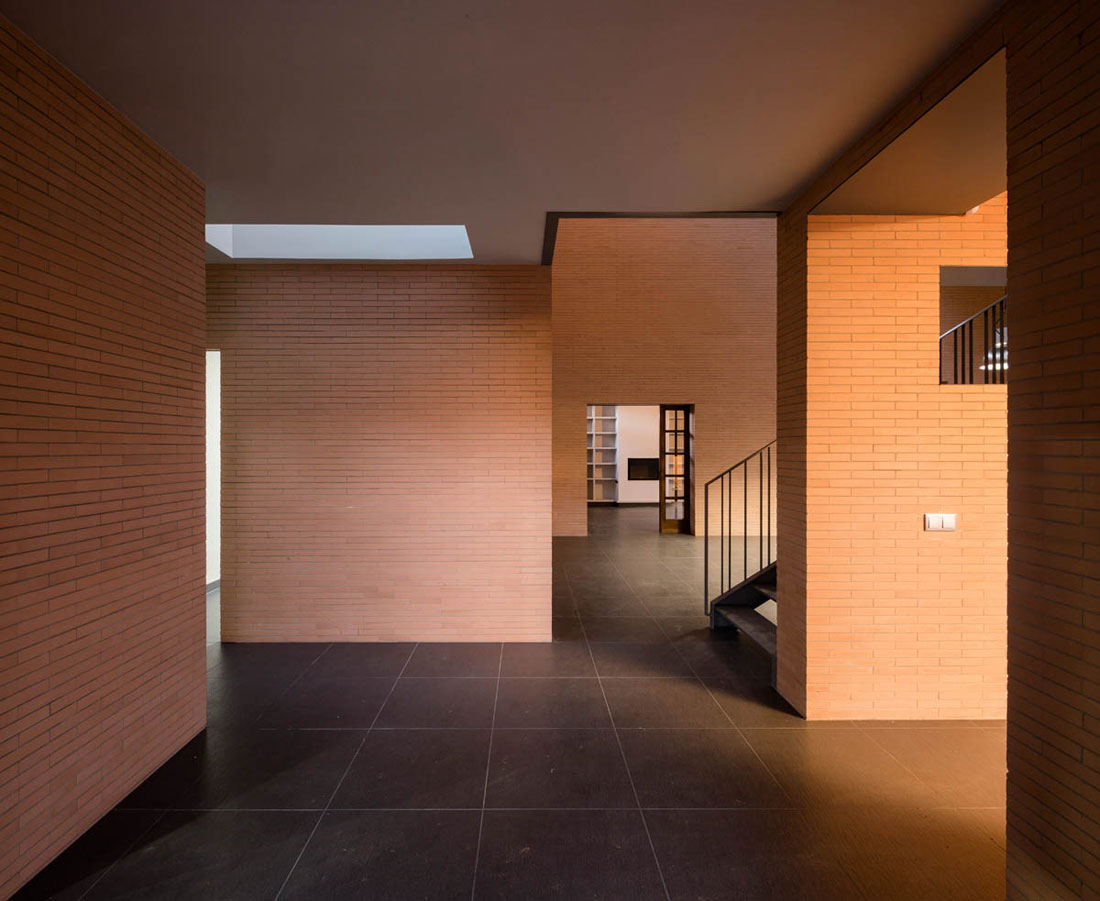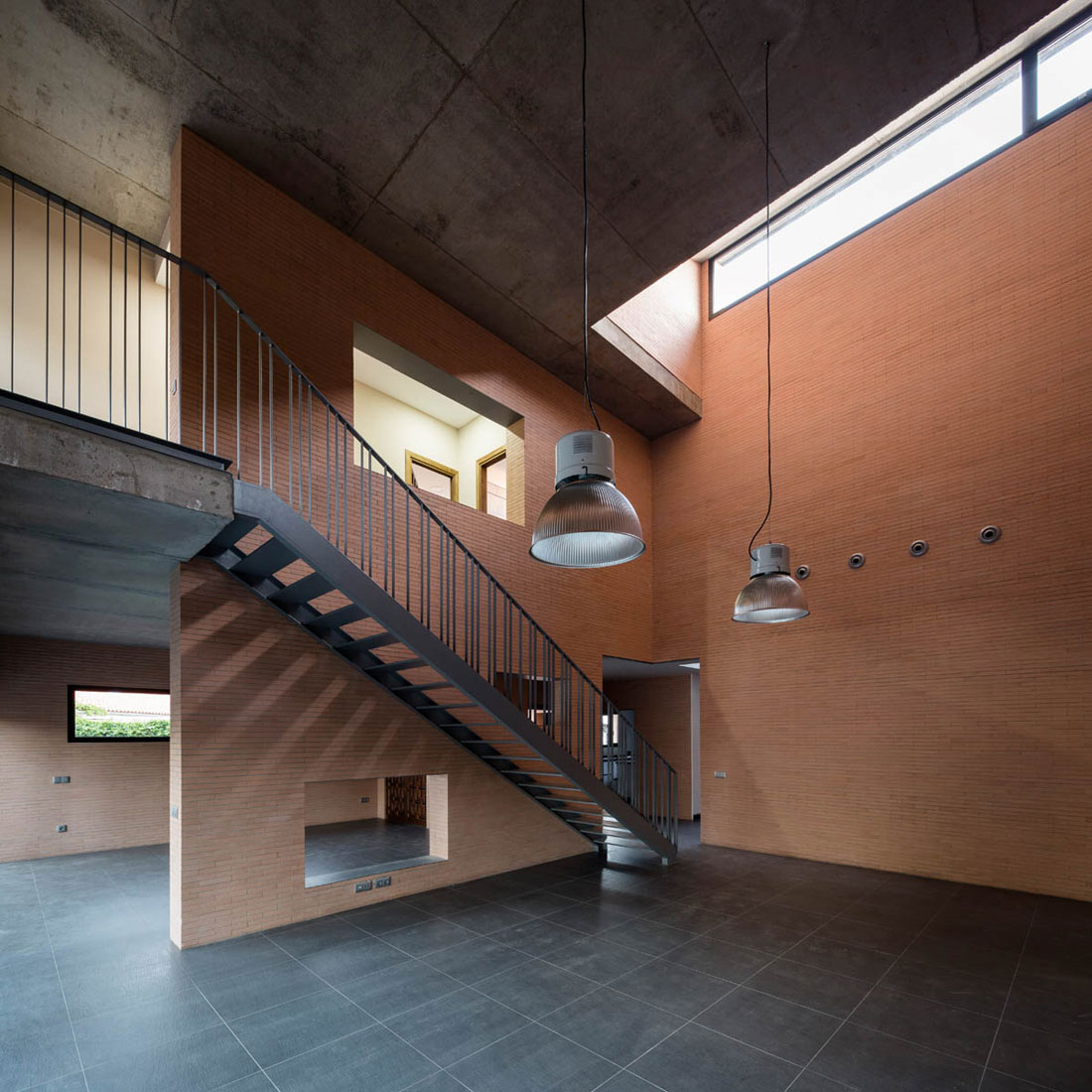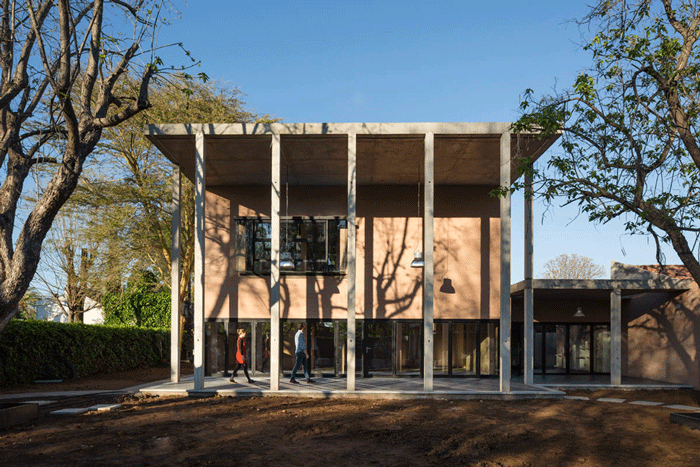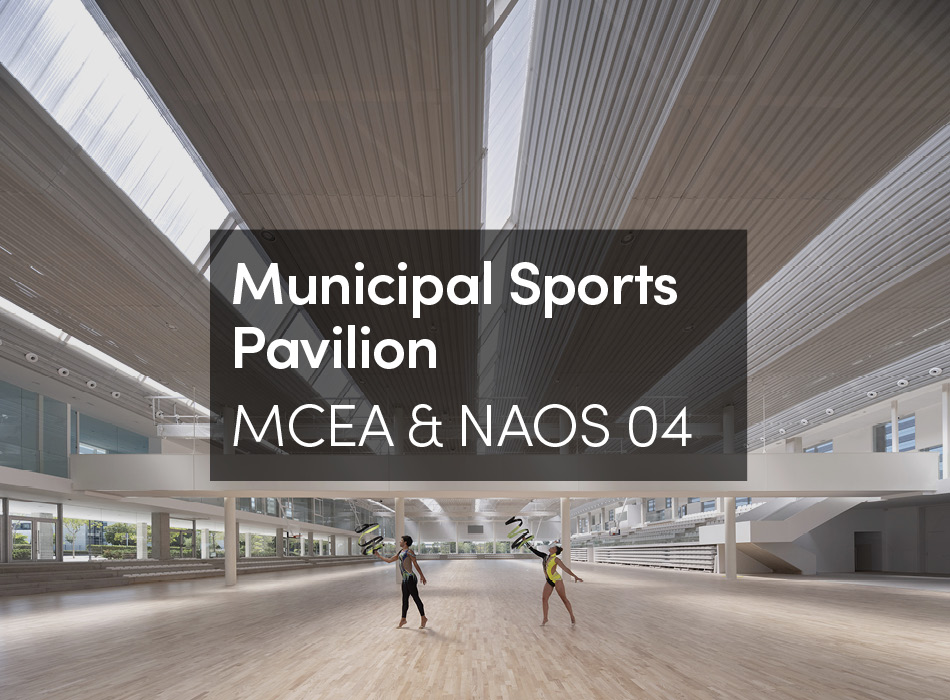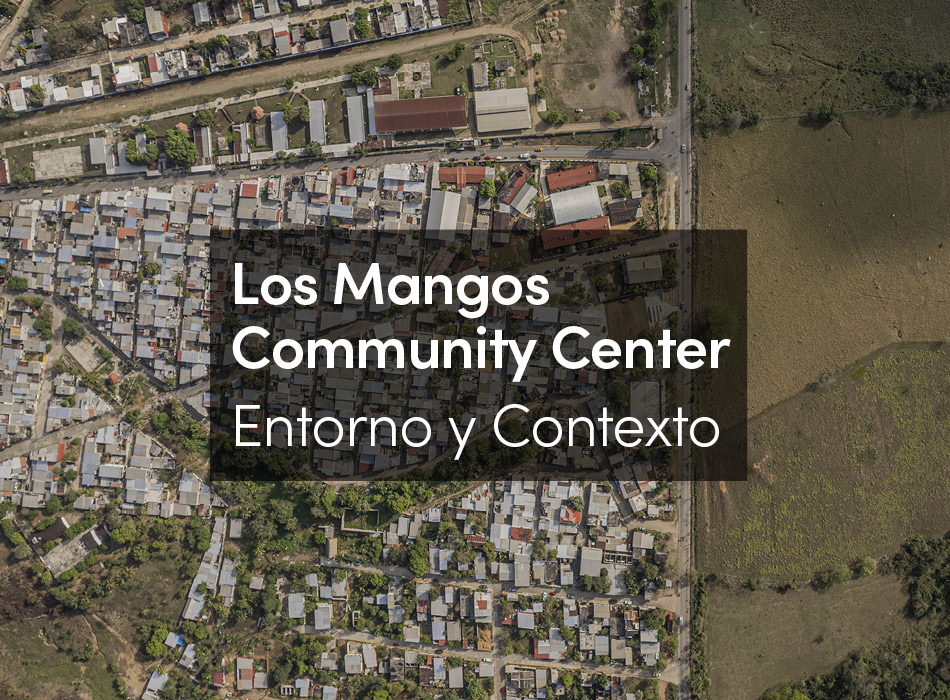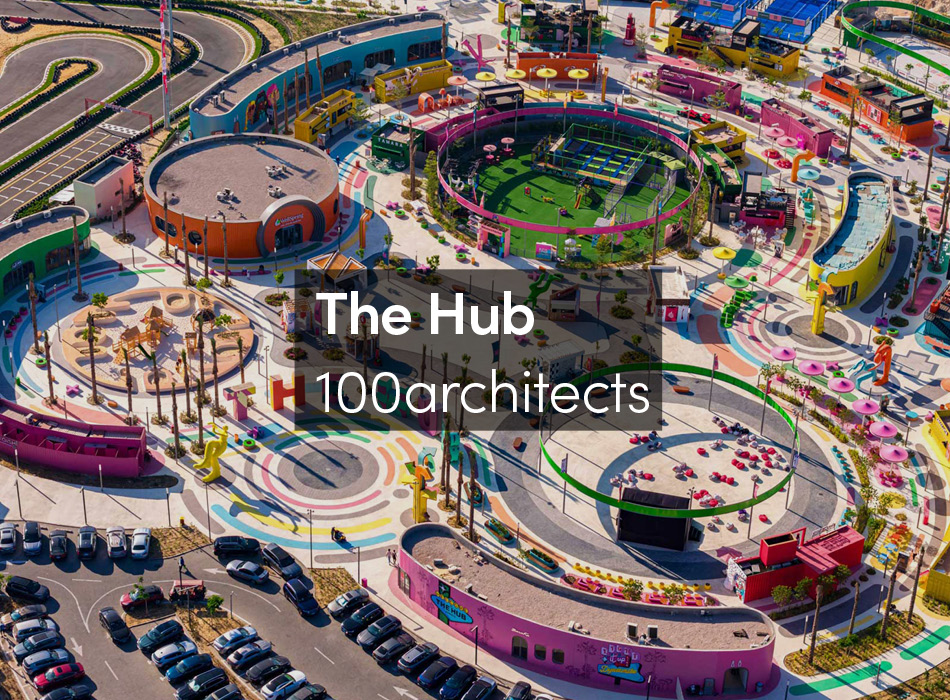A retired couple of doctors decides to use their life savings to build a new house for them and for their visiting children and grandchildren now living abroad. They want the house to be designed for today, but also for a second and third generation of the family eventually inheriting the property.
Durability, solid construction, energy efficiency and recycling of client’s materials are set as priorities for a construction that will last. Flexibility for future uses and inhabitants is articulated through the retraints associated with these priorities and by setting a clear system of stable relations around which adaptation and change can happen. This system is intended to organize not only service areas and installations, but also spatial relationships, structure, light, cross ventilation and energy performance, while leaving open the possibility for the inhabitant’s appropriation, use and programmes to change over time.
Paths Plan
Section
In particular, the design deploys a system of brick cavity walls that articulate all relevant house spatial relations, while fluid inhabitation and variability is expected in between them. The walls are made of two interconnected layers of solid fire brick – left over from a cancelled local construction – acting both as a structural support for the house and as a 35-centimeter-thick building envelope that provides highly efficient energetic performance. The house was designed as a passive house with the help of experts on sustainable environment from the Architectural Association in London. The energy strategy for the design is based on the thermal inertia of these thick walls. For this reason, brick walls and concrete slabs are left uncladded to better absorb energy flows within them.
The wall systems also outline particular spatial relations for the changing living atmospheres to happen in between. Walls are slightly displaced, keeping spaces open and fluid, partially exposing while not totally disclosing what happens behind them. As such, connections and disconnections between spaces are made and unmade as you move through the house. In the end, displacements, perforations and sectional connections create a dense web of spatial relations that ground everyday life experiences amid changing conditions of inhabitation.
Durability of elements and materials is also considered as relevant for the design strategy. Elements such as doors, kitchens and bathroom furniture and fittings were recycled from the clients’ previous house, anticipating the free incorporation of elements into the house in the future, but also extending the life of others that were already in use before the construction.
Finally, from the outside, a double-height concrete portico plays around with the clients’ desire to be seen.





